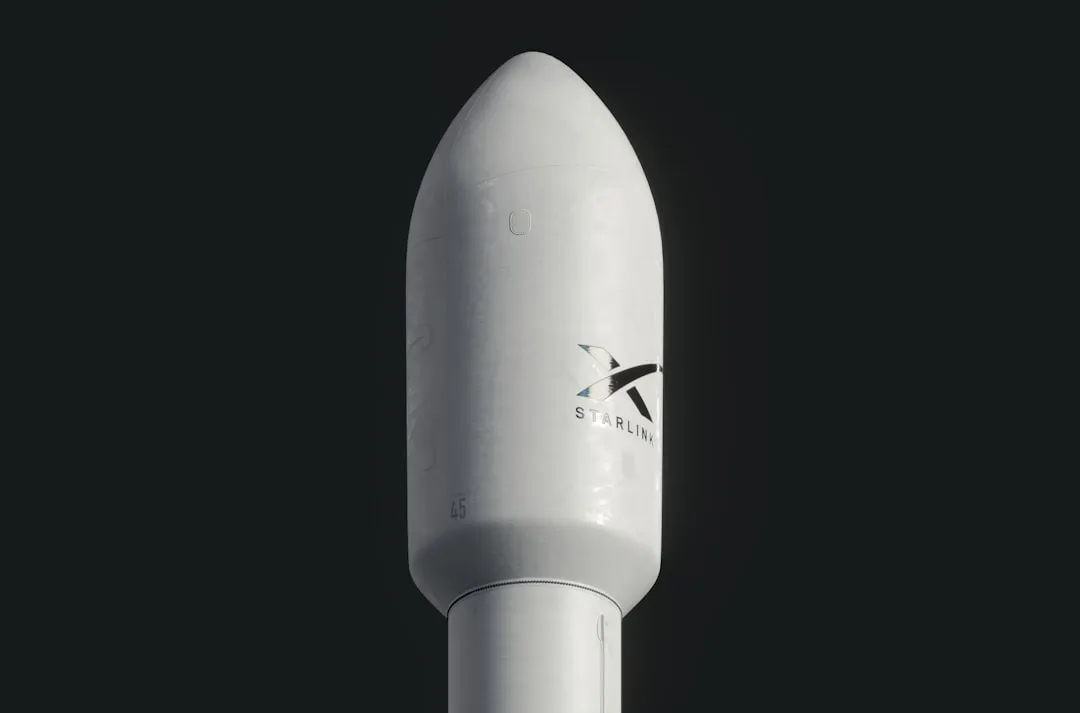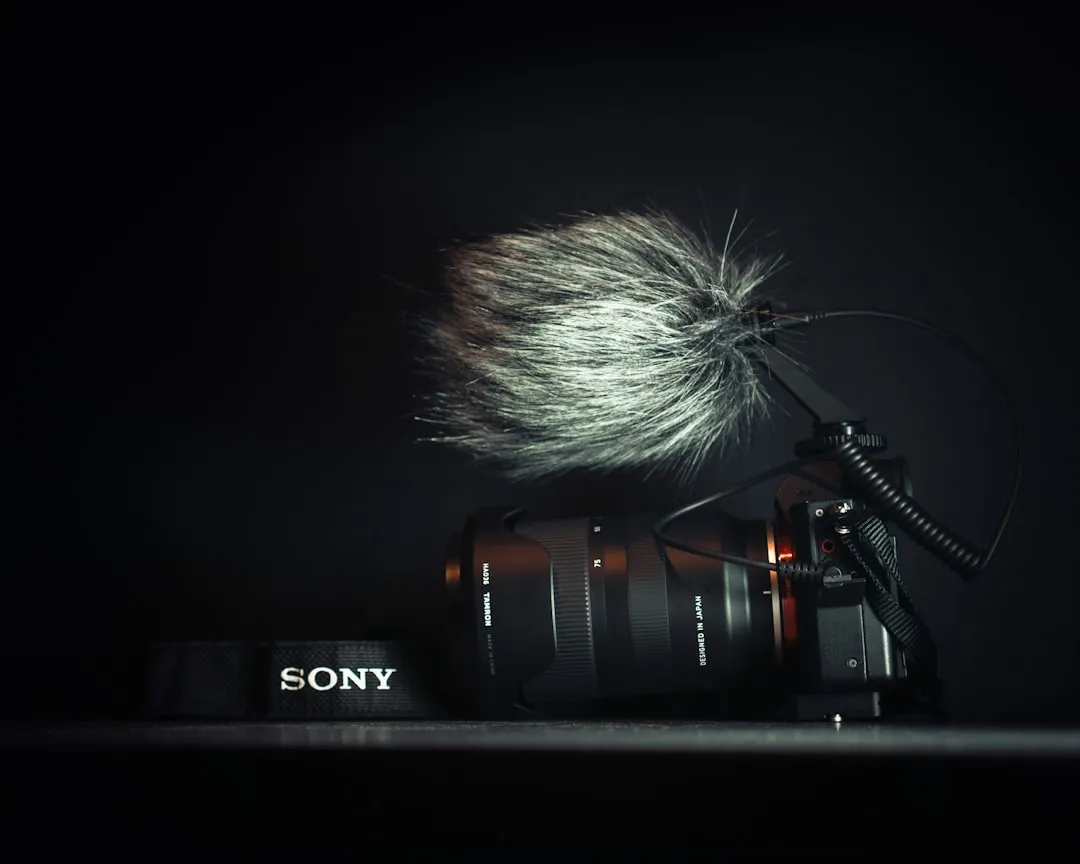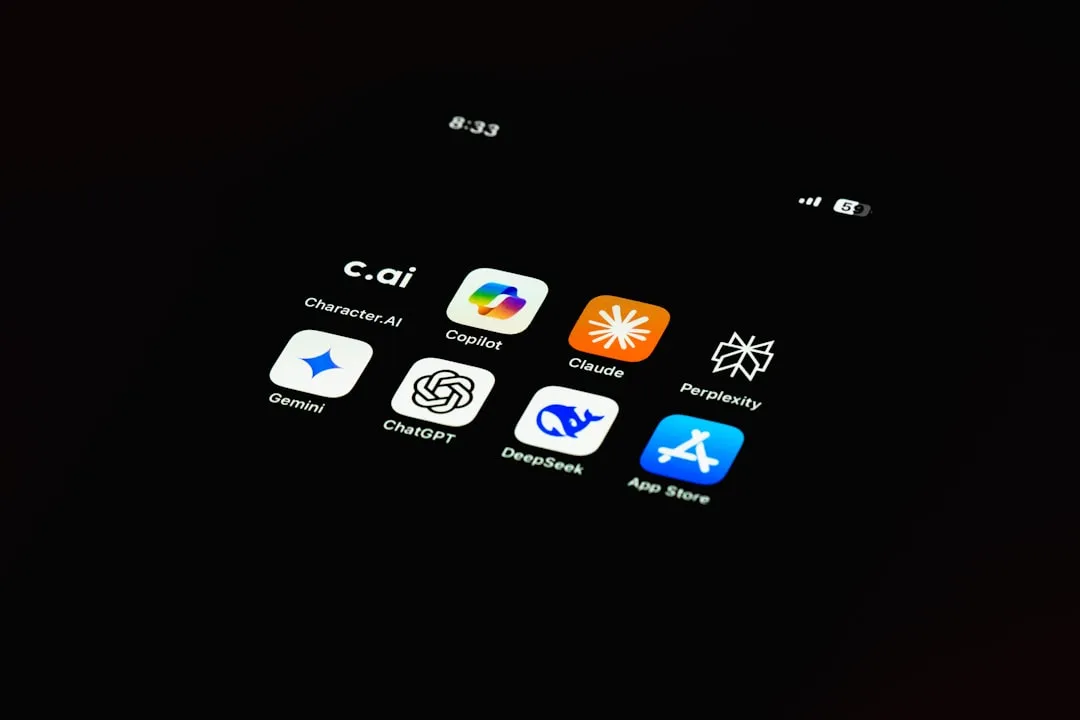With the new iPhones coming out, many see the current mobile market as just another epic battle between Samsung and Apple. But let's not forget there are many other phones that run Android. And when you start to sift through the specs, one stands out as a competitive alternative to the iPhone XR, the LG G7 ThinQ.
The G7 ThinQ shares many of the same specs as the iPhone XR, including IPS LCD, bezel-less design, and the same MSRP. However, there are some key differences that make each option better suited for different audiences. So for those not tied to either ecosystem or for fans of Apple or LG, here's how these two phones stack up.
Chart

Jon Knight/Gadget Hacks
Display
Let's start with the feature that best reflects how these phones are simultaneously quite similar and very different. Both have 6.1" IPS LCD screens. Both use display notches to house the front-facing camera, which Apple also uses to house a TrueDepth camera system for Face ID. Both screens have minimal bezels on the left and right sides (although iPhone XR is clearly larger) and both have small chins. And that's about it when it comes to similarities.
iPhone XR uses Apple's Liquid Retina, a marketing term for its wide color gamut and True Tone display. LG uses Super Bright Display, their marketing term for their MLCD+. MLCD+ is a fairly new technology which adds a subpixel to the traditional LCD arrangement. Instead of red, green, and blue, Super Bright Displays also have a white subpixel. The addition of this pixel saves battery life since now only one subpixel needs to turn on to create the color white instead of three like in traditional LCDs. There are more benefits, which I talked about in the article below.
The resolution, and as a result, the pixel density, is also vastly different between the two devices. The iPhone XR uses a modest 1792 x 828. At this resolution, iPhone XR won't be able to output 1080p content, stuck to a maximum of 720p. The LG G7 ThinQ has a 3120 x 1440 screen. Not only can it view 1080p, but 1440p (QHD), which is particularly useful for YouTube. And thanks to this higher resolution, the G7 ThinQ has a PPI of 556, which is 70% sharper than the iPhone XR's screen.

Jon Knight/Gadget Hacks
Furthermore, LG also has a Boost button that, when pressed, raises the brightness to 1,000 nits. At that brightness, no matter how bright the sun is reflecting on your screen, you will be able to see your display. It is limited to only three minutes to conserve battery and prevent overheating. Before the Boost button, both displays have about the same max brightness level, which is just over 600 nits.
Audio
Audio is where LG really pulls away from the iPhone XR. Unlike Apple, LG continues to support the headphone jack. But LG has even gone a step further by including a Hi-Fi Quad DAC. The DAC converts digital sound to analog sound, which is needed to hear audio from your wired headphones. With four of these working together, the G7 ThinQ can produce better sound accuracy with less distortion and ambient noise. And it supports the Hi-Fi file format MQA, which delivers studio-like sound in a much smaller file.
LG G7 ThinQ also supports DTS:X 3D Surround Sound, a first in any smartphone. This feature recreates surround sound audio to your headphones for a much more immersive experience.

The iPhone XR has the advantage of having stereo speakers. Using the earpiece and bottom-firing speaker, the XR is able to deliver loud but clear sound that can take advantage of the multiple speakers. These speakers are louder than those of the iPhone X and better than the mono speaker found in the G7 ThinQ.
However, they may not be louder than the G7 thanks to LG using resonance to amplify the sound. LG uses the vibration of sound to bounce off other barriers which mimic the vibration and increase the volume. As a result, the speaker is about 20 db higher than its predecessor and gets even louder when placed on a surface with the screen facing you.
Cameras
Finally, the cameras are also pretty different between the two phones. LG made a big push this year into AI, which included giving each phone the surname ThinQ, making Google Assistant easier to pull up, and enhancing the pictures taken with the cameras. For the latter, LG includes a feature known as AI Cam, which uses the NPU onboard the Qualcomm Snapdragon 845 to recognize all objects in the lenses and suggest the best camera settings to capture them.
Apple also leverages the new 8-core Neural Engine to enhance its photos. For the iPhone XR, this includes a new feature called Depth Control that allows you to manipulate the depth of field after the picture is taken. The iPhone XR also supports Portrait Lighting, which allows you to apply different lighting to selfies. Apple also included Portrait Mode on both the front and rear cameras.
When it comes to the rear cameras, the LG uses dual 16 MP sensors compared to iPhone XR's single 12 MP sensor. LG uses a traditional wide-angle lens as its primary and a super wide-angle for its secondary, allowing you to capture more if you need it. As for the front cameras, the iPhone XR benefits from the TrueDepth sensors used to enable Face ID. The 7 MP camera is capable of the features of the rear as well as Animoji and Memoji. The G7, on the other hand, uses a standard 8 MP camera.

Jon Knight/Gadget Hacks
Conclusion
When deciding between these two phones with the same MSRP of $749.99 (although the G7 ThinQ is cheaper now since it was released back in May), it is the features which set them apart. As long as you are not already invested in either ecosystem, what you do with your phone will determine which phone to buy. If you love selfies, the iPhone XR has one of the best front facing cameras available. Or if you like to use the speaker to listen to music, the iPhone XR is your choice. But if you love to enjoy movies on the go, or love to listen to music using headphones, the G7 ThinQ is your best bet.
- Follow Gadget Hacks on Facebook, Twitter, YouTube, and Flipboard
- Sign up for Gadget Hacks' daily newsletter or weekly Android and iOS updates
- Follow WonderHowTo on Facebook, Twitter, Pinterest, and Flipboard
Cover image by MKBHD/YouTube and Jon Knight/Gadget Hacks



























Comments
Be the first, drop a comment!